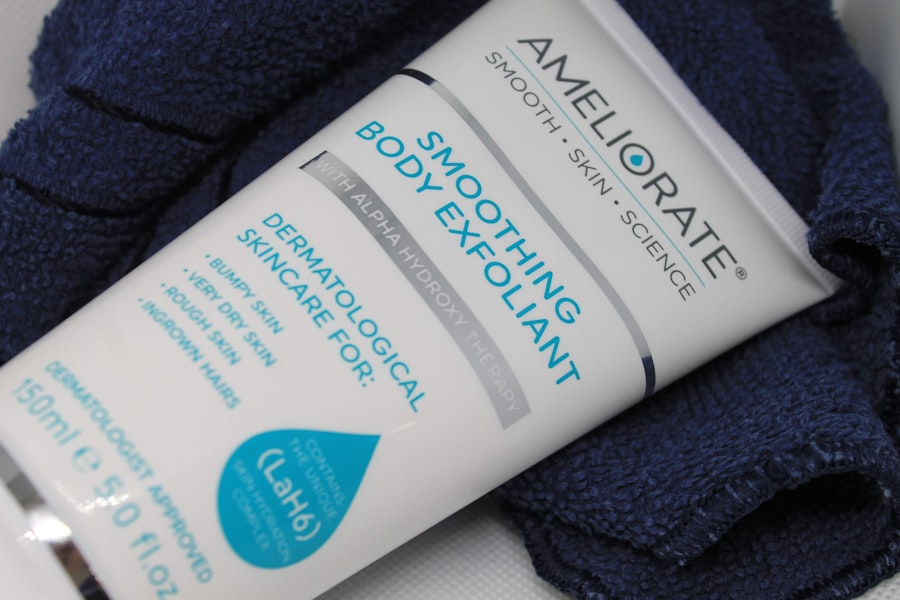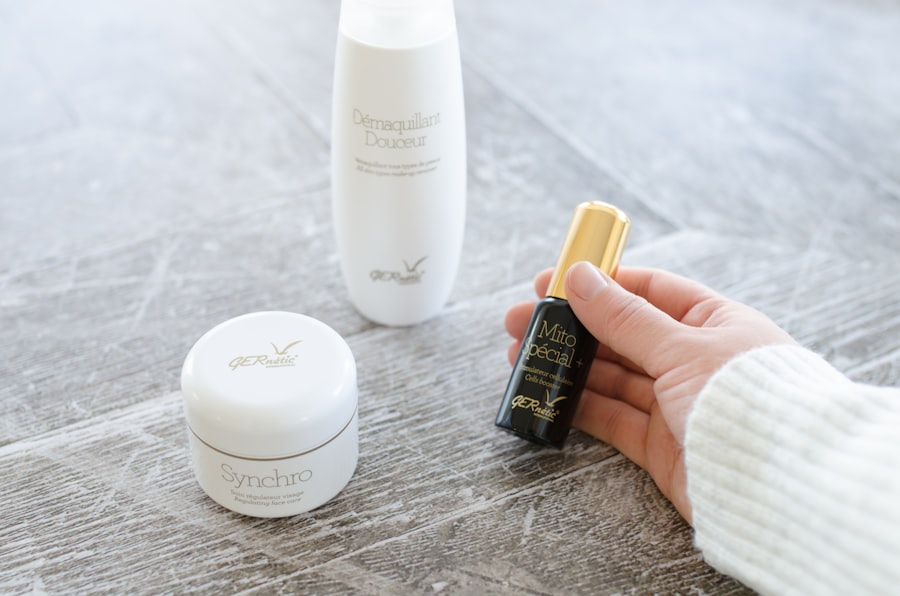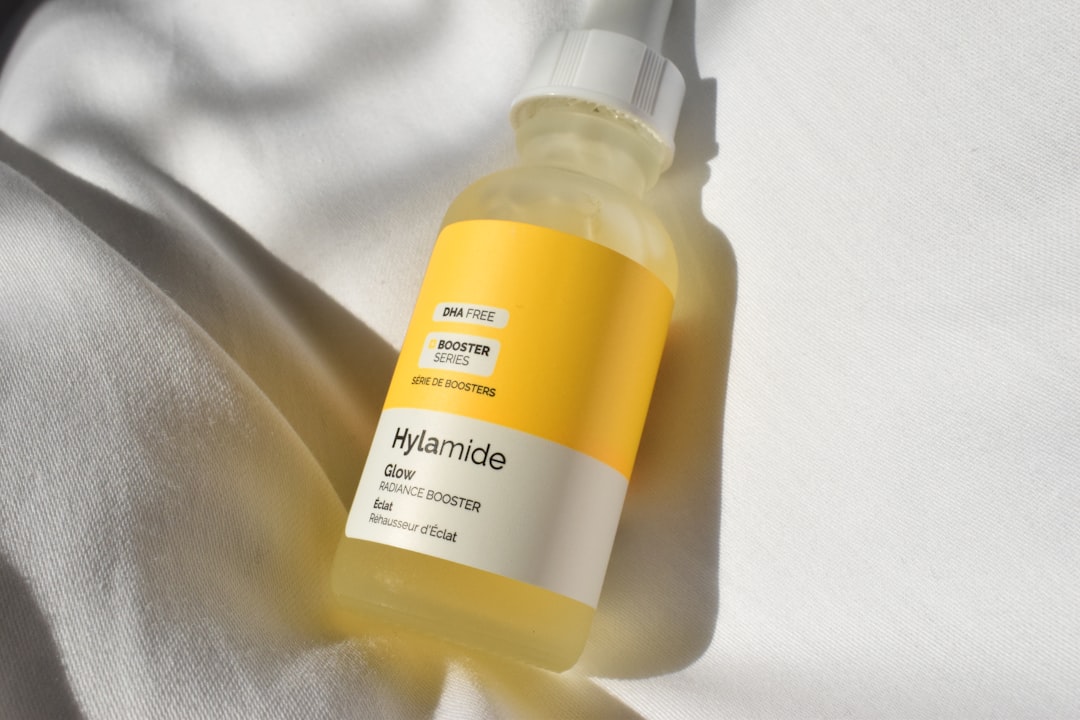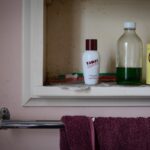Aftercare is a crucial aspect of any cosmetic or dermatological procedure, and understanding its significance can greatly enhance your results. When you undergo a treatment, whether it’s laser hair removal, chemical peels, or microdermabrasion, your skin is often left vulnerable and in need of special attention. Aftercare is not merely a suggestion; it is an essential part of the healing process that can determine the success of your treatment.
By adhering to aftercare guidelines, you can minimize the risk of complications, promote faster healing, and achieve the best possible outcome. You may find that the importance of aftercare extends beyond just the immediate post-treatment period. Proper aftercare can help maintain the results of your procedure over time.
For instance, if you’ve invested in a skin rejuvenation treatment, neglecting your skin afterward can lead to diminished results and even adverse reactions. By prioritizing aftercare, you are not only protecting your investment but also fostering a long-term relationship with your skin that encourages health and vitality.
Key Takeaways
- Aftercare is crucial for the healing and longevity of your treatment
- Sun protection is essential to prevent damage and maintain results
- Clean and moisturize the treated area to promote healing and prevent dryness
- Avoid certain activities and products that can irritate or damage the treated skin
- Manage discomfort and redness with proper care and follow-up appointments
Protecting Your Skin from Sun Exposure
One of the most critical aspects of aftercare is protecting your skin from sun exposure. After undergoing a treatment, your skin may be more sensitive and susceptible to damage from UV rays. This heightened sensitivity can lead to complications such as hyperpigmentation or irritation if proper precautions are not taken.
Therefore, it is essential to apply a broad-spectrum sunscreen with an SPF of at least 30 every day, even on cloudy days. This simple step can shield your skin from harmful rays and help maintain the results of your treatment. In addition to sunscreen, consider wearing protective clothing and seeking shade whenever possible.
A wide-brimmed hat and sunglasses can provide extra protection for your face and eyes.
By taking these precautions, you are actively safeguarding your skin and ensuring that it heals properly while enjoying the benefits of your recent treatment.
Keeping the Treated Area Clean and Moisturized

Maintaining cleanliness and hydration in the treated area is vital for optimal healing. After a procedure, your skin may be more prone to irritation or infection, making it essential to keep it clean. Gently cleanse the area with a mild, fragrance-free cleanser to remove any impurities without causing further irritation.
Avoid using harsh scrubs or exfoliants during this time, as they can disrupt the healing process. Instead, opt for a soft cloth or your fingertips to cleanse the area delicately. Moisturizing is equally important in your aftercare routine.
Applying a gentle, hydrating moisturizer can help soothe your skin and prevent dryness or flakiness. Look for products that are free from fragrances and irritants to ensure they are suitable for sensitive skin. You may also consider using products containing ingredients like hyaluronic acid or aloe vera, which are known for their soothing properties.
By keeping the treated area clean and well-hydrated, you are promoting a healthy healing environment that can enhance your results.
Avoiding Certain Activities and Products
| Activity/Product | Reason for Avoidance | Alternative |
|---|---|---|
| Smoking | Health risks and secondhand smoke | Nicotine patches, gum, or therapy |
| Processed Foods | High in preservatives and additives | Fresh fruits, vegetables, and whole grains |
| Alcohol | Health risks and addiction | Non-alcoholic beverages or moderation |
| Plastic Bags | Environmental impact | Reusable cloth bags |
In the days and weeks following your treatment, it’s crucial to avoid specific activities and products that could hinder your recovery. High-impact exercises or activities that cause excessive sweating should be avoided for at least 24 to 48 hours post-treatment. Sweating can irritate the skin and increase the risk of infection, so opting for gentle activities like walking or stretching is advisable during this time.
Additionally, be cautious about the skincare products you use during your recovery period. Avoid products containing retinoids, alpha hydroxy acids (AHAs), or beta hydroxy acids (BHAs), as these can be too harsh on freshly treated skin. Instead, stick to gentle cleansers and moisturizers until your skin has fully healed.
By steering clear of certain activities and products, you are giving your skin the best chance to recover effectively and maintain the results of your treatment.
Managing Discomfort and Redness
Experiencing some discomfort or redness after a treatment is entirely normal; however, managing these symptoms is essential for a smooth recovery. You may find that applying a cool compress to the affected area can provide immediate relief from discomfort and reduce redness. This simple technique can help soothe irritated skin and promote a sense of calm during the healing process.
If you find that over-the-counter pain relievers are necessary, consult with your healthcare provider for recommendations tailored to your specific situation. They may suggest non-steroidal anti-inflammatory drugs (NSAIDs) like ibuprofen to help alleviate discomfort. Additionally, keeping the treated area moisturized can help minimize irritation and promote healing.
By taking proactive steps to manage discomfort and redness, you can ensure a more comfortable recovery experience.
Following Up with Proper Shaving and Exfoliation

As you progress in your aftercare routine, it’s essential to follow up with proper shaving and exfoliation techniques to maintain healthy skin. If you’ve undergone hair removal treatments, you may be eager to resume shaving; however, it’s crucial to wait until your skin has fully healed before doing so. When you do start shaving again, opt for a clean, sharp razor and use a gentle shaving cream or gel to minimize irritation.
Exfoliation is another important aspect of maintaining healthy skin post-treatment. However, be cautious about when and how you exfoliate. It’s best to wait at least a week or two after your procedure before introducing exfoliation back into your routine.
When you do begin exfoliating again, choose gentle methods such as chemical exfoliants with mild acids or soft physical scrubs that won’t irritate sensitive skin. By following these guidelines for shaving and exfoliation, you can keep your skin looking its best while respecting its healing process.
Monitoring for Any Unusual Reactions
As you navigate through your aftercare routine, it’s essential to remain vigilant about monitoring your skin for any unusual reactions. While some redness and swelling are expected after many treatments, any sudden changes or prolonged symptoms should not be ignored. If you notice increased redness, swelling that doesn’t subside, or any signs of infection such as pus or fever, it’s crucial to contact your healthcare provider immediately.
Keeping a close eye on how your skin responds post-treatment will empower you to address any issues promptly. Documenting any changes in a journal can also be helpful; this way, you can provide detailed information during follow-up appointments if needed. By being proactive about monitoring your skin’s condition, you are taking an active role in ensuring its health and well-being.
Scheduling Follow-Up Appointments for Touch-Ups
Finally, scheduling follow-up appointments for touch-ups is an integral part of maintaining the results of your treatment. Many cosmetic procedures require multiple sessions to achieve optimal results; therefore, adhering to a recommended schedule is vital for long-term success.
During these follow-up appointments, take the opportunity to discuss any concerns or questions you may have about your recovery process or results thus far. Open communication with your provider will ensure that you receive personalized care tailored to your needs. By prioritizing follow-up appointments, you are investing in the longevity of your treatment results and ensuring that your skin remains healthy and vibrant over time.
In conclusion, aftercare is an essential component of any cosmetic procedure that should not be overlooked. By understanding its importance and following guidelines related to sun protection, cleanliness, activity restrictions, discomfort management, proper shaving and exfoliation techniques, monitoring for unusual reactions, and scheduling follow-up appointments, you can significantly enhance the outcomes of your treatment while promoting overall skin health. Your commitment to aftercare will ultimately reflect in the quality of your skin and the satisfaction with the results achieved through your chosen procedures.
After undergoing laser hair removal treatment, it is crucial to follow proper aftercare instructions to ensure the best results. One helpful resource for learning about laser hair removal aftercare do’s is the blog section of In Laser Hair Removal’s website. In one of their articles, they discuss the importance of avoiding sun exposure and using gentle skincare products post-treatment. For more in-depth information on this topic, you can visit their blog at https://www.inlaserhairremoval.com/blog/.
FAQs
What is laser hair removal aftercare?
Laser hair removal aftercare refers to the steps and precautions that should be taken after undergoing a laser hair removal treatment to ensure proper healing and optimal results.
What are the do’s of laser hair removal aftercare?
Some common do’s of laser hair removal aftercare include keeping the treated area clean and moisturized, avoiding sun exposure, wearing loose clothing, and following the specific aftercare instructions provided by the treatment provider.
How should I clean the treated area after laser hair removal?
It is recommended to gently cleanse the treated area with a mild, non-abrasive cleanser and lukewarm water. Avoid using harsh exfoliants or scrubs on the treated area.
Can I moisturize the treated area after laser hair removal?
Yes, it is important to keep the treated area moisturized with a gentle, non-comedogenic moisturizer to help soothe the skin and promote healing.
Why should I avoid sun exposure after laser hair removal?
Sun exposure can increase the risk of complications such as hyperpigmentation and skin sensitivity after laser hair removal. It is important to protect the treated area from direct sunlight and use sunscreen if going outside.
Is it important to follow the specific aftercare instructions provided by the treatment provider?
Yes, following the specific aftercare instructions provided by the treatment provider is crucial for ensuring proper healing and achieving the best results from the laser hair removal treatment.






